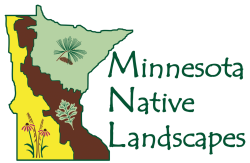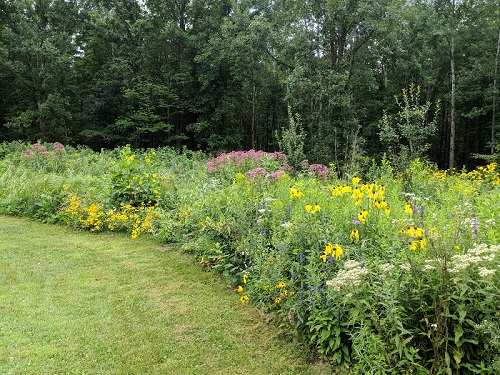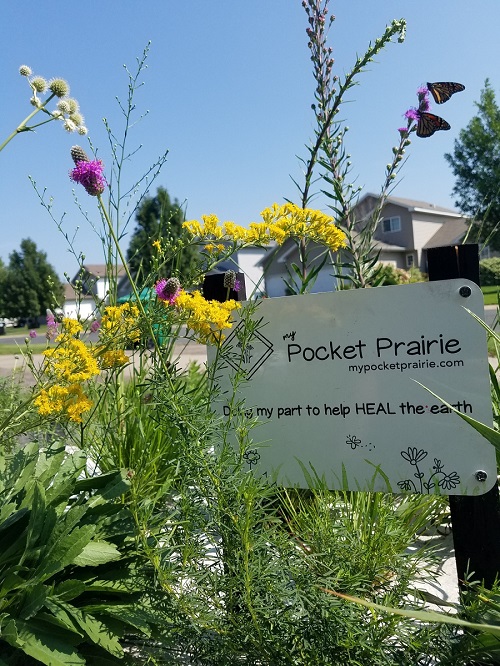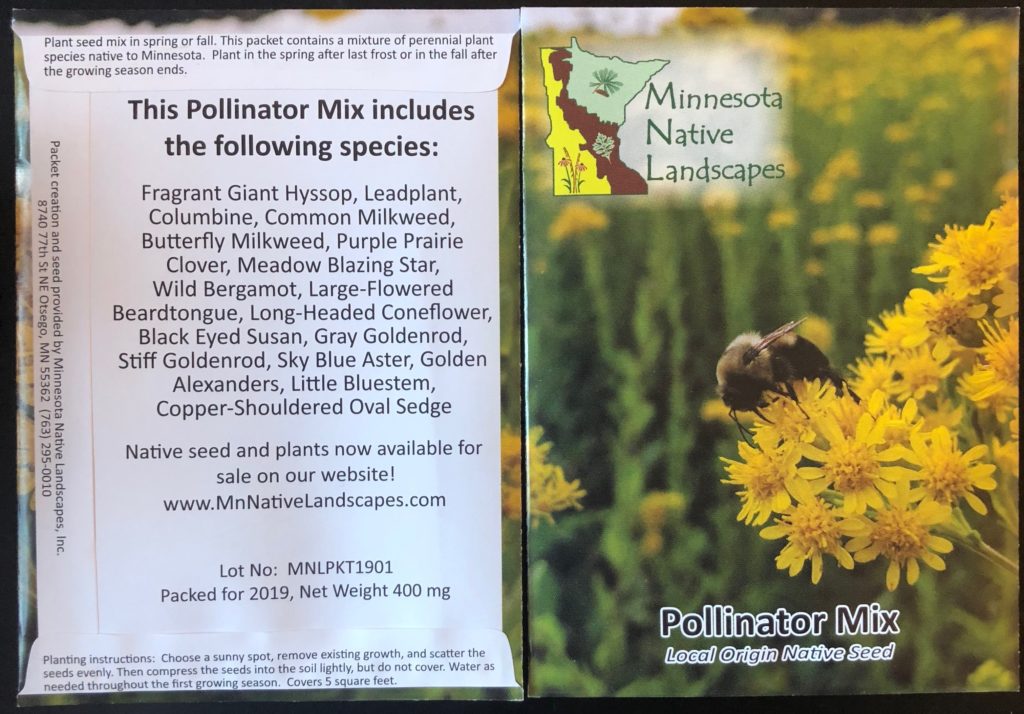Small Business Spotlight: Minnesota Native Landscapes
 Thursday, March 4, 2021 at 3:15AM |
Thursday, March 4, 2021 at 3:15AM |  Becky Fillinger |
Becky Fillinger | Article by Becky Fillinger
 We’re right on the cusp of Spring in Minnesota. Do you have a yard that needs some new ideas? Are you an apartment dweller who would like to do more to help the pollinators? Do you work at a large corporation with acres of land planted solely with turf grass? We talked to Bre Bauerly, Customer Support Specialist at Minnesota Native Landscapes (MNL) about some new ways of looking at our green spaces.
We’re right on the cusp of Spring in Minnesota. Do you have a yard that needs some new ideas? Are you an apartment dweller who would like to do more to help the pollinators? Do you work at a large corporation with acres of land planted solely with turf grass? We talked to Bre Bauerly, Customer Support Specialist at Minnesota Native Landscapes (MNL) about some new ways of looking at our green spaces.
Q: Spring will officially start this month. Many homeowners are starting to think about their lawns. Do you have ideas for lawns that go beyond turf?
A: There are so many wonderful options for turf lawn alternatives here in Minnesota! For those looking to maintain an area with a turf-like appearance, consider switching to a bee lawn with a blend of low grow (low maintenance!) fescues and short statured flowering species. Or, keep some turf lawn to play on but shrink the area and add a small native prairie around the perimeter! Anyone can add native plants to their yard - whether it’s in traditional garden beds with mulch, or a larger native seeded area to attract pollinators and songbirds.


MNL created our My Pocket Prairie kit to encourage homeowners to get started with native plants on their property in an easy and fun way! Any little bit of habitat can help, and My Pocket Prairie allows someone to start from scratch with a full garden kit of locally sourced materials including 27 native plants. The kit comes with a guide booklet, edging, a weed suppressant mat, a pre-designed layout, and of course - the plants!
Q: You mention native seeds and your company name includes the words native landscapes. How do you define native landscaping?
A: We define native landscaping as growing, installing, and maintaining plant communities natural to Minnesota pre-settlement. We have origin data traced back to the county level for the various seed and plant species we grow and sell. Using native plants in landscaping here in Minnesota, means using plants that are well adapted to our unique growing conditions and beneficial to our local wildlife.
Q: Our local pollinators are suffering from loss of habitat, chemical misuse, the proliferation of invasive plants, disease and parasites - some even suggest that bright city lights can lead to pollinator decimation. How can we as individuals help pollinators survive? Can condo and apartment dwellers do anything to help in our limited spaces?
A: By adding more local-origin native plantings to the landscape, we can create pollinator sanctuaries. Places where our pollinators can find nutrient-rich foods, ample shelter, and no neonicotinoids. Native plants and our local pollinators have co-evolved to each other’s benefit, native plants have pollen and nectar resources available when native pollinators need them and native pollinators help native plants produce seeds for new growth. By using a diverse mix of native species, we can provide a vast array of resources. Those that are not able to help in their own backyards can get involved on a community level - what's going on in your local parks, or other local open space - do corporate campuses really need to be mowing all of that turf grass around their building, or could they replace it with a native pollinator seed mix?
 Pollinator see packet from the 2019 growing season
Pollinator see packet from the 2019 growing season
Bre Bauerly Photo credit: Wendy Caldwell, Monarch Joint Venture
Q: How can we learn more about these topics? How may we follow your news?
A: There are a lot of great resources for learning more about native plants, pollinators, and other wildlife here in Minnesota! Join your local Wild Ones group or Audubon Society chapter, attend a Blue Thumb workshop, check out one of the Landscape Revival native plant sales, tune in to educational webinars, or join a pollinator advocacy group. MNL is on most of the major social media platforms, follow us to learn more about native plants! You can also check out our website and use code MCT10 for 10% off your order (including My Pocket Prairie)!
